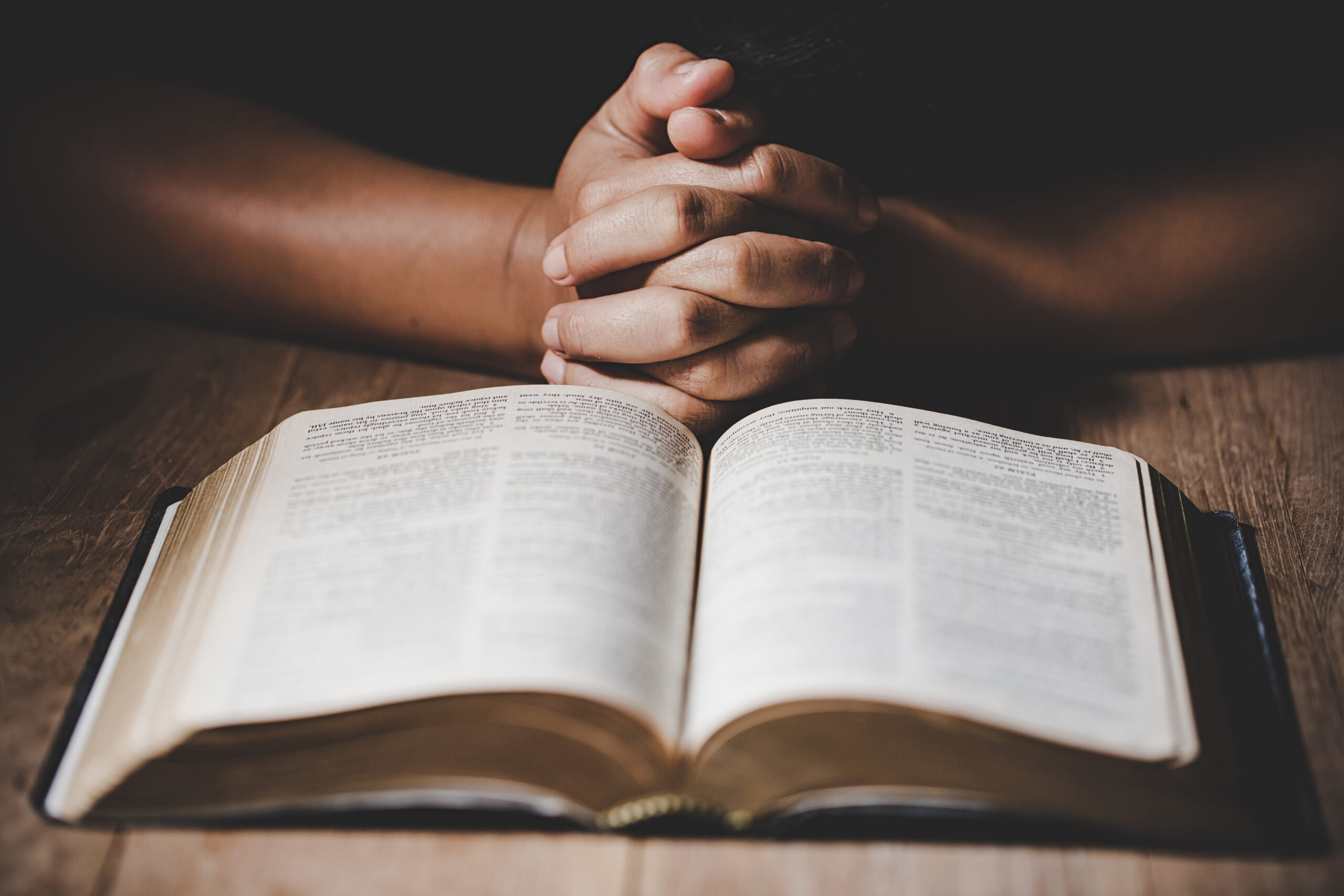
Should we always Kneel to Pray?
This is a question I received recently:
“Since we follow the apostles’ examples for authority, why don’t we kneel when we pray? (References: Acts 7:60, 9:40, 21:5; Mark 1:40, Matthew 17:14, 18:26, 20:20, Psalms 95:6)”
It is true that we must follow the Apostles’ example as the Holy Spirit worked through them in the First Century establishing doctrinal teachings and practices. However, that also implies that we do not follow absolutely everything the apostles did, only the things that pertain to doctrine. We would weary ourselves trying to do everything the apostles did, whether it be eating only foods with ingredients available in their marketplaces, wearing only materials authentic to their time, and traveling with only their means of transportation. We know all this already, but what is before us now is deciding where kneeling falls; is it a doctrinal example, or is it a piece of their lives and culture that is not bound upon anyone else to do? It’s a good question and worthy of some thought.
The first difficulty with binding kneeling as the authorized way to pray is that the Apostles did not always kneel when praying. Jesus instructed His Apostles concerning praying while standing (Mark 11:25). Paul spoke to Timothy about the public prayers of men, but he mentions nothing about kneeling, only that “the men pray everywhere, lifting up holy hands, without wrath and doubting” (1 Timothy 2:8). When Jesus was walking with His disciples to the Garden of Gethsemane and talking with them along the way, He “lifted up His eyes to heaven” and prayed (John 17:1). Later that night, He told Peter, James and John to “sit here” (Matthew 26:36) in the Garden, then when He found them sleeping, He told them to “Rise and pray” (Luke 22:46).
In Acts 10:9, when Peter was at Joppa, “he went up on the housetop to pray, about the sixth hour”. Now, while this is an inspired apostle, we would all admit that this is not a binding example of apostolic authority. We need not go up on a housetop in order to pray, nor does a prayer need to be done at the sixth hour of the day. I believe that these things, like kneeling, were cultural preferences that were not always done at all times and in every situation. Some of the references made by the questioner exemplify kneeling when not in moments of prayer (Acts 7:60, Mark 1:40, Matthew 17:14, 18:26, 20:20), this is good, for it establishes that kneeling was something done by them at other times as well, pointing to the cultural significance of kneeling, particularly in intense, dire, and passionate situations (such as in Mark 1:40). With all that said, kneeling is an excellent tool for our prayer lives, especially for effective fervent prayers, and should not be ignored or passed off entirely as a cultural difference. In the same manner, closing the eyes, bowing the head, and folding the hands, all hold a place sometimes in staying focused and intent.
Article by Tanner Campbell.
